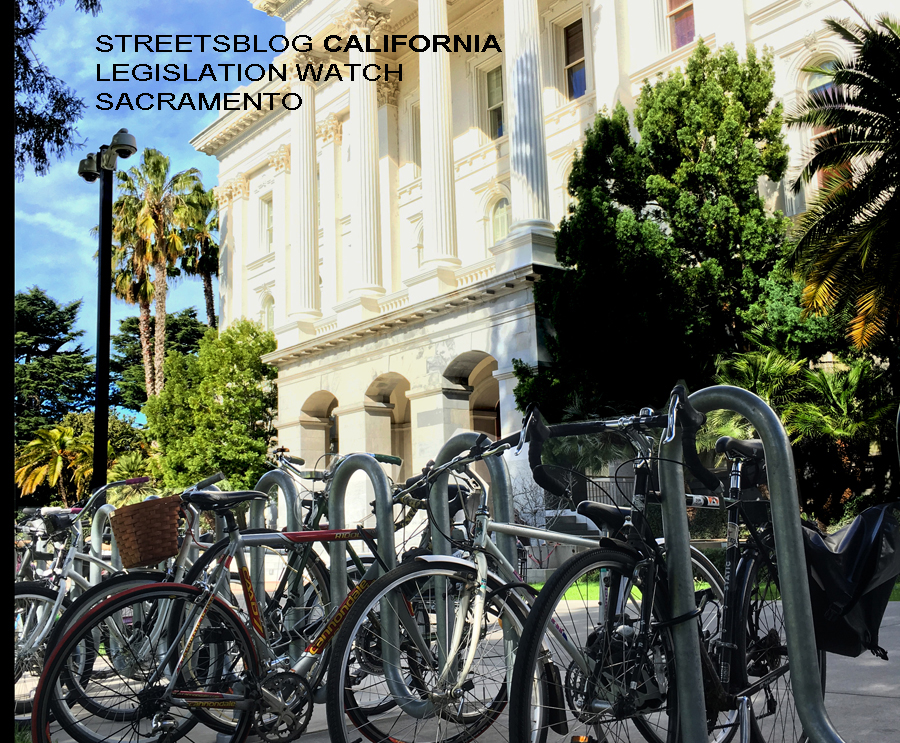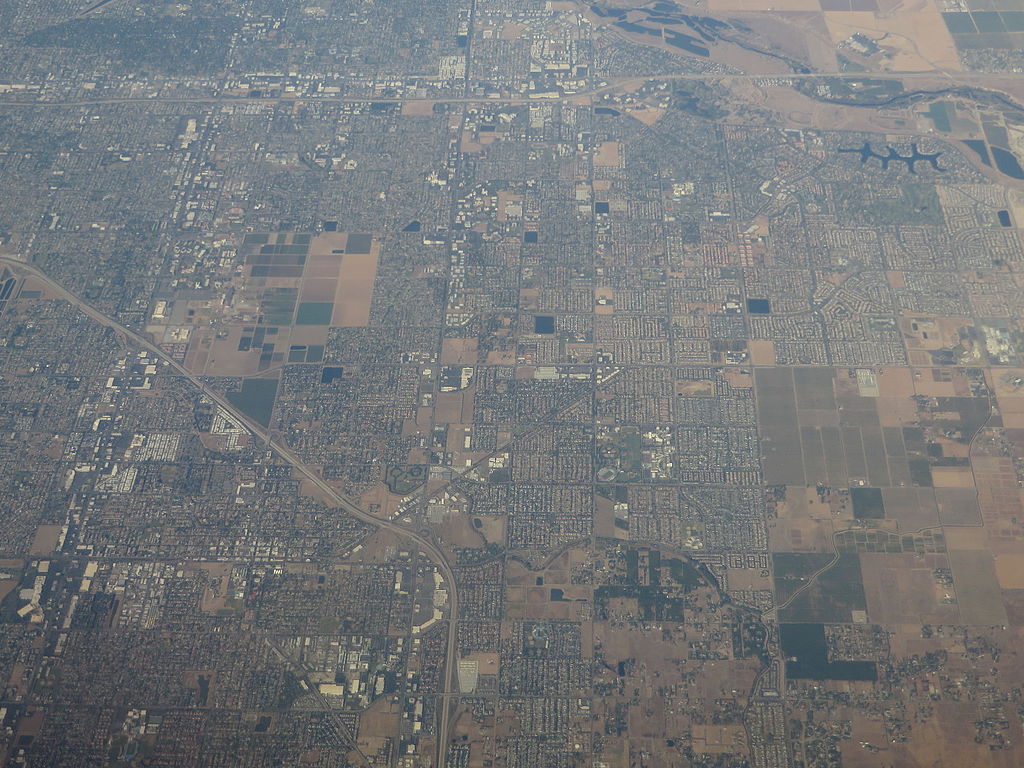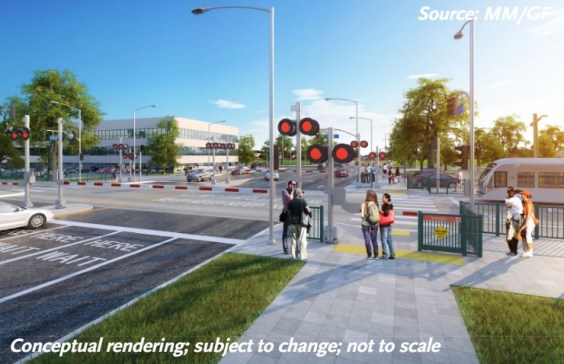Note: GJEL Accident Attorneys regularly sponsors coverage on Streetsblog San Francisco and Streetsblog California. Unless noted in the story, GJEL Accident Attorneys is not consulted for the content or editorial direction of the sponsored content.
Update Monday, August 30: A.B. 122, the bill that allow bike riders to treat stop signs as yield signs (not having to stop if no traffic present) has passed the Senate, and now heads back to the Assembly for concurrence.
Also, S.B. 10 and S.B. 9, both bills aimed at making it easier to develop housing at higher densities, passed the Senate on concurrence and are headed to the governor for his signature.
Yesterday the Senate and Assembly Appropriations Committees ended the suspense over their "Suspense Files," where they park bills while they privately decide their fate. It was the deadline for the committees to announce which bills they would allow past their gates, and which they will not. Below is a quick summary of where some key bills stand currently.
Traffic and Safety
Assemblymember Phil Ting's A.B. 1238, which would remove laws that prohibit people from crossing the street where there is no marked crosswalk, even when it is safe to do so, was passed by the Senate Appropriations Committee on a 5-2 vote. Now it moves to the Senate floor, where it must be voted by September 10 to make it to the governor's desk for his signature. See previous Streetsblog coverage, here, and CalBike's take, here, on why this bill is important.
Also passed, this time by the Assembly Appropriations Committee, was Senator Scott Wiener's S.B. 339, which would extend the current pilot program testing out concepts for a road usage charge to replace gas taxes at some future point. At first glance this bill doesn't seem all that important - after all, the current pilot doesn't expire until January 2023, and it extends an existing pilot.
But it's a lot more complicated than that. Transportation funding currently relies heavily, although not entirely (about half, all told), on gas taxes. People tend to assume this means the gas tax functions as a sort of user charge - that is, the more you drive, the more gas you have to buy, and therefore the more taxes you pay. But increasing fuel efficiency and the growing numbers of electric vehicles - both of which are to be encouraged, insufficient though they may be to fight climate change - have contributed to a steady decrease in the ability of gas taxes to keep up with needed maintenance needed, let alone all the new projects transportation planners want to build. S.B. 1 attempted to fix this by getting rid of a confusing "tax swap" mechanism and incorporating regular increases in the state gas tax. But it isn't enough. And it will only grow less "enough" as more people switch to sustainable and efficient transport modes, as California is encouraging them to do.
And California has a mandate to eliminate new fossil-fueled vehicles in fifteen years' time, so the state needs to find a different way to pay for transportation infrastructure. Charging drivers per mile driven is close to the original idea of having users pay for the maintenance needs they cause.
S.B. 339 would require that the current pilot figure out how to do that, and start actually charging its voluntary participants per mile rather than just do fake payments, as it has been to this point. See Planetizen's summary here for more information.
S.B. 339 still needs to be voted on by the Assembly, and then the Senate again, before it can be sent to the governor.
Another bill that got off the Senate's suspense file is A.B. 1147, from Assemblymember Laura Friedman. This bill would make some adjustments to the regional transportation planning process, requiring more data and an analysis of barriers that stand in the way of achieving greenhouse gas reduction targets, among other things. However, it was amended to remove a similar call to look at what prevents us from lowering VMT.
A.B. 1147 also includes a provision calling for Caltrans to develop a system of "branded bicycle highways" to enable and encourage safe bike commuting.
A.B. 43, also from Assemblymember Friedman, awaits a vote on the Senate floor. While the bill's analysis says it is the "culmination" of the work of the Zero Fatalities Task Force, it's more accurate to call it a first, very incremental step. It frees cities to adjust speed limits on some streets in some areas to increase the safety of road users. A recent amendment added a new definition to the vehicle code - the "safety corridor," and will require it to be added to the California Manual on Uniform Traffic Control Devices (a painfully slow process). “Safety corridors," definition TBD, can be eligible for the speed limit adjustments allowed by A.B. 43.
Also awaiting action on the Senate Floor is Assemblymember Richard Bloom's A.B. 917, which would allow buses to install cameras that can take and use images of bus-lane and parking violations to enforce them.
Housing
Both S.B. 10 (Wiener), which would make it easier to develop more densely in urban areas, and S.B. 9 (Atkins), which would allow duplexes and ADUs within single-family zones, have now passed the Assembly. "We all agree we need more housing," said Asm Buffy Wicks at the floor vote for S.B. 9. "So let's vote, now, for more housing."
The bills won't automatically lead to more housing, but they do remove some of the regulatory barriers that housing advocates say have been holding back development.
Both bills now go back to the Senate for a final vote, some time in the next two weeks, and from there can move on to the Governor's desk.
Another housing-related bill that moved forward is A.B. 803, from Assemblymember Tasha Boerner Horvath. This bill would require cities and counties to allow more dense development within single family zones to encourage and facilitate the construction of smaller "missing middle" housing types that are not as expensive as the large houses on large lots that much single-family zoning requires. It does a number of other things, as well, including banning cities from requiring the creation of homeowners associations.
A.B. 803 was passed by both houses and has moved on to the governor.
A somewhat similar bill, S.B. 478 from Senator Wiener, would make it harder for local agencies to prohibit multifamily or mixed-use development on small lots. This bill got off the suspense file and is now on the Assembly floor.
Also! The Bruce's Beach bill, S.B. 796 from Senator Steven Bradford, was passed by Assembly Appropriations. This bill would allow the County of Los Angeles to sell a parcel in Manhattan Beach back to the descendants of the Bruce family, who were forced out by the racist application of eminent domain in the 1920s. The bill must now be passed by the Assembly within the next few weeks.
Parking Loss
Unfortunately, a bill that would have eliminated minimum parking requirements in certain developments near transit was killed by Senate Appropriations Committee chair Anthony Portantino. A.B. 1401 from Assemblymember Friedman had lots of support, and little stated opposition, especially after the California Planning Association was convinced of the logic behind it. Parking is expensive, and minimum parking requirements create all kinds of difficulties for developers, especially of affordable housing near transit. But apparently some can't seem to let go of the notion that developers must supply free parking at all costs.
Follow Streetsblog California on Twitter @StreetsblogCal





